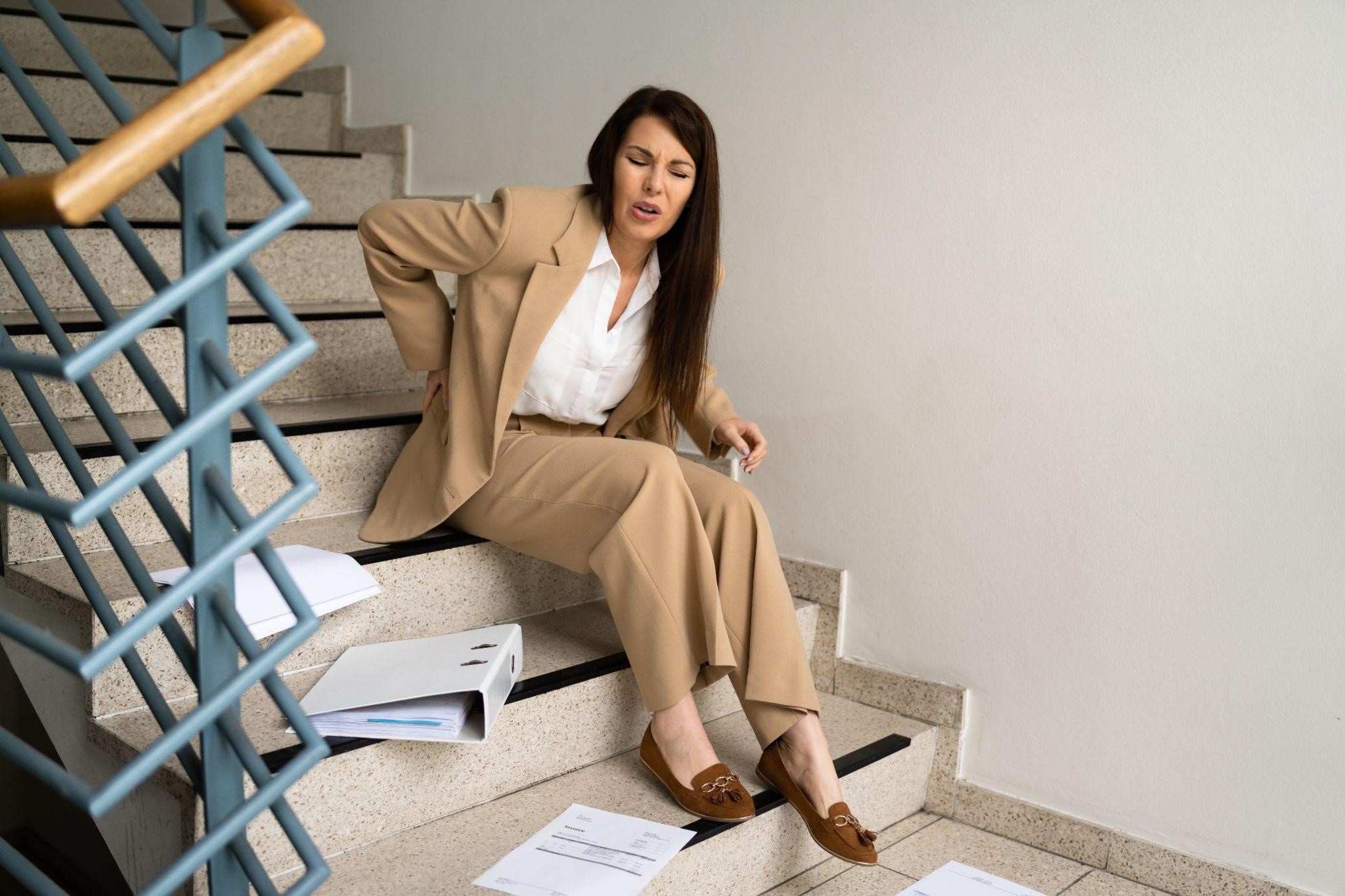
Slip and fall incidents are not limited to specific locations but can take place anywhere, ranging from public spaces to workplaces, restaurants, and supermarkets. Although they may appear minor, such accidents can lead to severe injuries and financial challenges for the affected individuals. Therefore, establishing liability in slip and fall cases is fundamental to make sure that the accountable party is held responsible for their careless actions. Nevertheless, determining fault in these situations can be challenging. This article discusses the essential elements to contemplate when demonstrating liability in slip and fall incidents, offering useful information for victims and legal practitioners alike.
Duty of Care: Establishing the Responsibility of the Property Owner
Determining liability in slip and fall accidents largely hinges on establishing the duty of care the property owner owes to visitors or occupants. It is the responsibility of property owners to keep their premises safe and take reasonable measures to prevent any potential hazards. The level of care that property owners owe depends on the visitor’s categorization as an invitee, licensee, or trespasser. Invitees, for instance, such as clients or customers, are owed the highest level of care, whereas licensees, such as social guests, are afforded a lower level of care. However, trespassers are typically owed only a minimal level of care, unless certain circumstances apply.
Negligence: Breach of Duty and Foreseeability
In order to prove fault, it is essential to illustrate that the owner of the property disregarded their obligation towards care. This encompasses demonstrating that they neglected to take rational measures to deal with a dangerous circumstance or did not inform guests about the likely risk. In order to validate negligence, evidence can be presented that shows that the property owner was aware or should have been aware of the hazardous circumstance but did not take corrective action within a reasonable duration. Elements such as the timeframe of the hazard, prior incidents, and benchmarks for the industry are crucial in establishing whether the property owner behaved negligently.
Notice: Actual and Constructive Knowledge
Establishing the property owner’s knowledge of the hazardous condition is crucial in slip and fall cases. Such knowledge can be either actual or constructive. Actual notice pertains to the situation where the property owner was explicitly informed of the hazard, while constructive notice arises when the hazard existed for an adequate time that the property owner should have been aware of it. To prove constructive notice, evidence of recurring or long-standing hazardous conditions or a lack of routine inspection and maintenance procedures is frequently presented.
Comparative Negligence: Shared Responsibility
In slip and fall cases, the injured person may be partly responsible for the accident. Comparative negligence applies when the victim’s actions or lack of awareness also played a role in the incident. Numerous states adhere to comparative negligence laws, where the compensation given to the injured person is decreased based on their degree of fault. It is vital to evaluate the victim’s own negligence and measure how much it might affect the case’s resolution.
Gathering Evidence: Documenting the Accident Scene
Collecting evidence is vital in proving liability when pursuing a slip and fall claim. To do this, the accident scene should be documented by taking photos or videos of the hazardous condition, any visible injuries, and the surroundings. Additionally, witness statements are valuable to support the victim’s account of the incident. Medical records and expert testimony may also be required to establish the link between the fall and the injuries sustained.
Conclusion
Accurately establishing liability in slip and fall incidents necessitates a meticulous evaluation of several variables, such as the obligated care of the proprietor, inattention, awareness, comparative negligence, and evidence gathering. Grasping these vital components empowers both victims and legal experts to construct a potent argument and improve their likelihood of ensuring the culprit is held answerable.
Book a Free Consultation With Our Trusted Slip and Fall Accident Injury Attorneys
As a victim of a Slip and Fall Injury or Accident in Arizona, our legal team at Lebovitz Law Group can help you get maximum compensation from the negligent party. We work on a contingency fee basis, meaning you don’t pay us until we win your case. Contact us today for a free case review. Call 602-975-5550 today.
.
Sort by Category
Related Posts
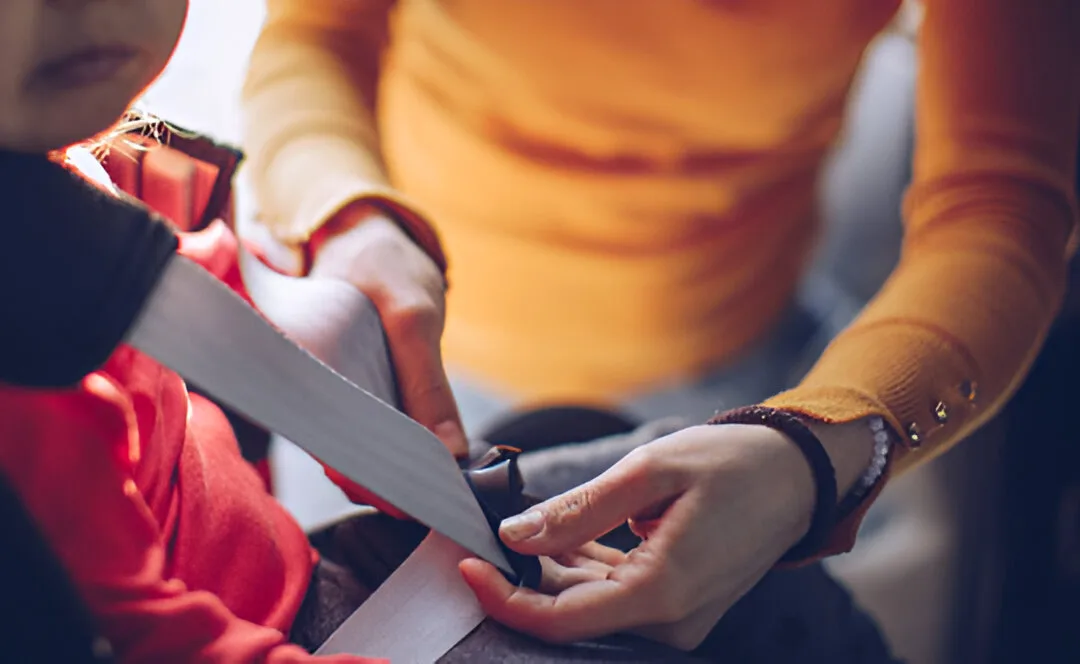
Understanding Arizona’s Car Seat Rules
Understanding Arizona's Car Seat Rules is crucial for every parent and caregiver. These regulations are designed to ensure the safety of young passengers, which can significantly reduce the risk of injury in case of an accident. This article aims to provide a...
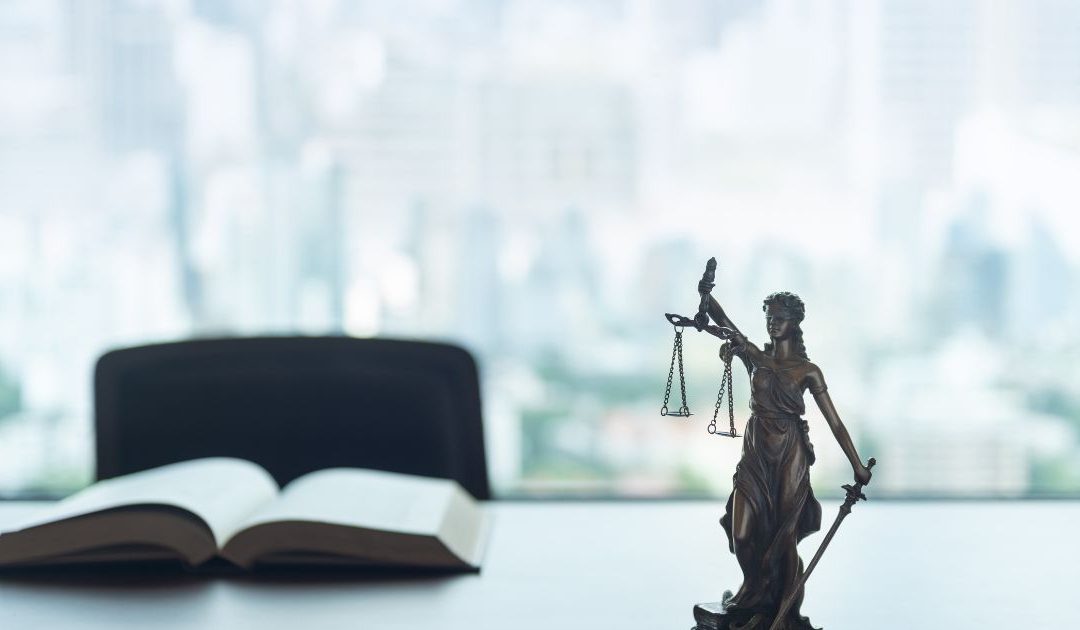
Does the Government Tax Money from Lawsuit Settlements?
Does the Government Tax Money from Lawsuit Settlements? Lawsuit settlements can be a source of financial relief, but it's important to understand the tax implications so you're not caught off guard during tax season. Government taxation of lawsuit settlement funds is...
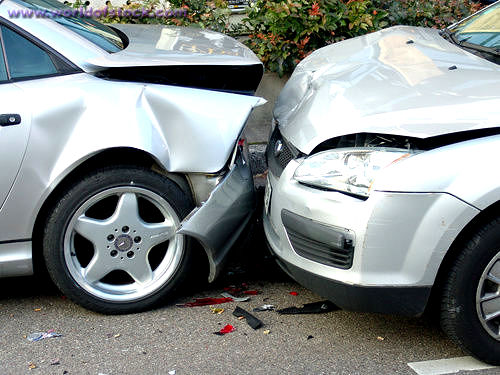
Can I sue if I get whiplash from a car accident?
A whiplash injury is a neck injury caused by the sudden back-and-forth motion of the head, commonly seen in car accidents. This type of injury can lead to significant pain and discomfort, often making it difficult for victims to go about their daily activities. If you...
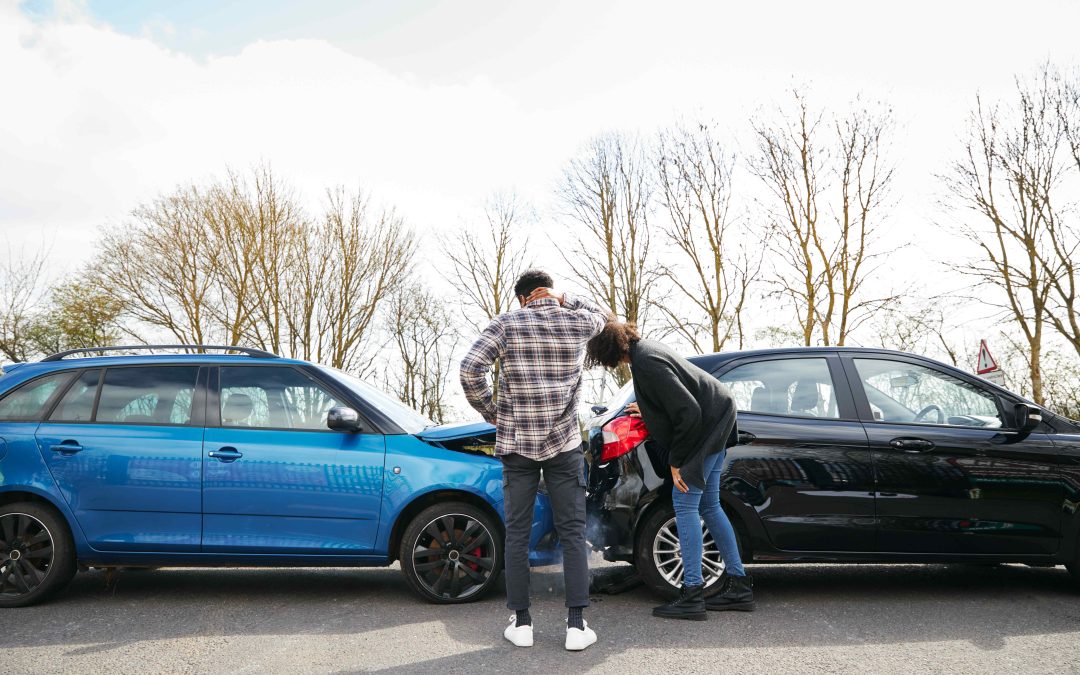
When the At-Fault Driver Has No Car Insurance: Your Options for Compensation
Being involved in a car accident can be a stressful experience, especially when the at-fault driver lacks car insurance. This scenario raises concerns about securing compensation for damages and injuries. Key takeaway: In this article, we will discuss the options...
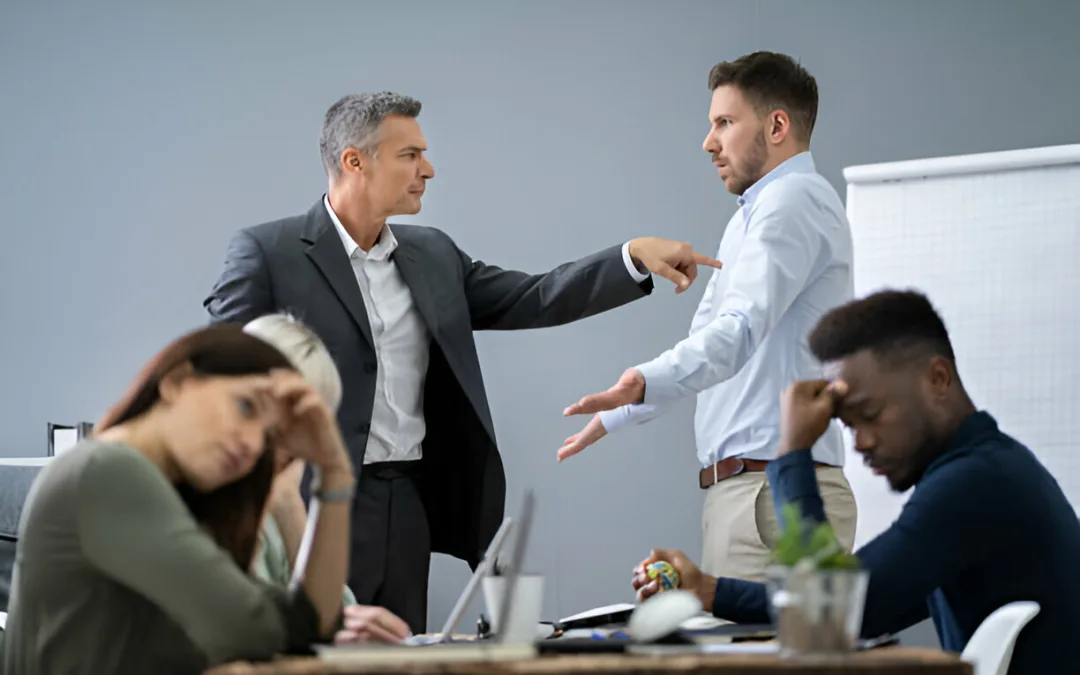
Did You Know This About Workplace Harassment Laws?
Workplace harassment is unwelcome behavior significantly disrupting an employee's work environment or personal well-being. When this behavior is based on protected characteristics like race, gender, or religion, it not only affects the individuals targeted but also...
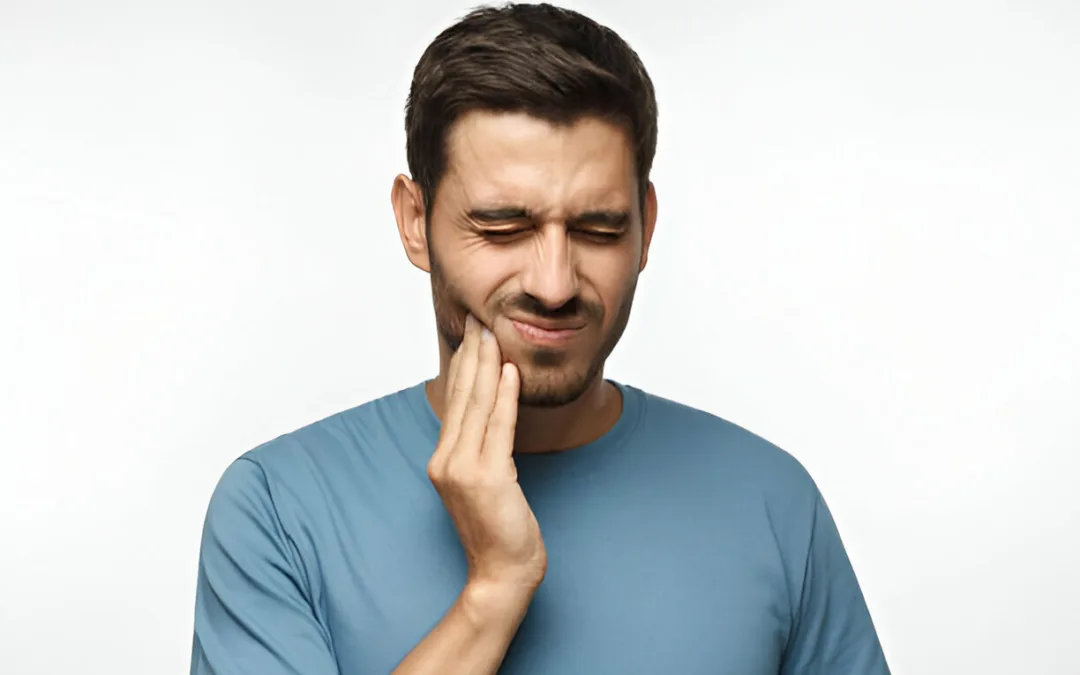
Did Your Dentist Make a Mistake? How to Know When to Call a Dental Malpractice Lawyer
Dental malpractice is a sad reality that can have serious consequences for patients. It includes things like surgeries gone wrong, incorrect diagnoses, faulty dental devices, and mistakes in giving anesthesia. As a patient, you trust your dentist to give you safe and...
